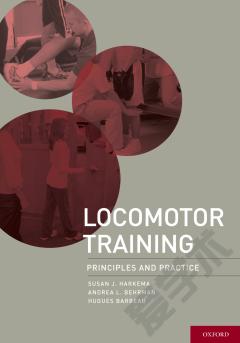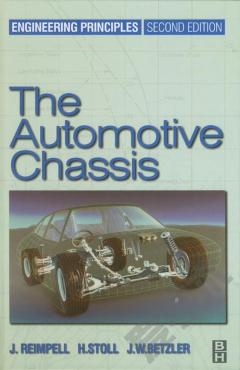Automotive Accident Reconstruction —— Practices and Principles
----- 汽车事故重建的实践与原则
Techniques for gathering information and interpreting evidence are introduced in this publication, as well as computer-based tools for analyzing crashes. Theory, information and data sources, techniques of investigation, interpretation of physical evidence, as well as practical tips for beginners, are provided. This book can also be used as an ongoing reference for experienced reconstructionists. Three things are emphasized: 1) the theoretical foundation; 2) the presentation of data sources; and 3) regarding the reconstruction of actual crashes, the computer programs and spread sheets used to apply both theory and collected data. Specific requirements of reconstructing rollover crashes are discussed, and background in structural mechanics is offered. How structural mechanics and impact mechanics are applied to automobiles that crash is described. The treatment of crush energy when vehicles collide with each other, as well as with fixed objects, is explored. Various classes of crashes and simulation models are explored. Time-reverse methods are applied in a detailed and rigorous way, utilizing the available physical evidence, to vehicle run-out trajectories. A collection of digital crash test data from public sources, such as the National Highway Traffic Safety Administration (NHTSA) is reviewed, along with detailed instructions on how to process the information and use NHTSA-approved filter algorithms. On the subject of crush energy and vehicle post-crash trajectory characteristics, the reader is shown how to build spread sheets with detailed calculations, without having to use complex simulation models.
{{comment.content}}








 京公网安备 11010802027623号
京公网安备 11010802027623号